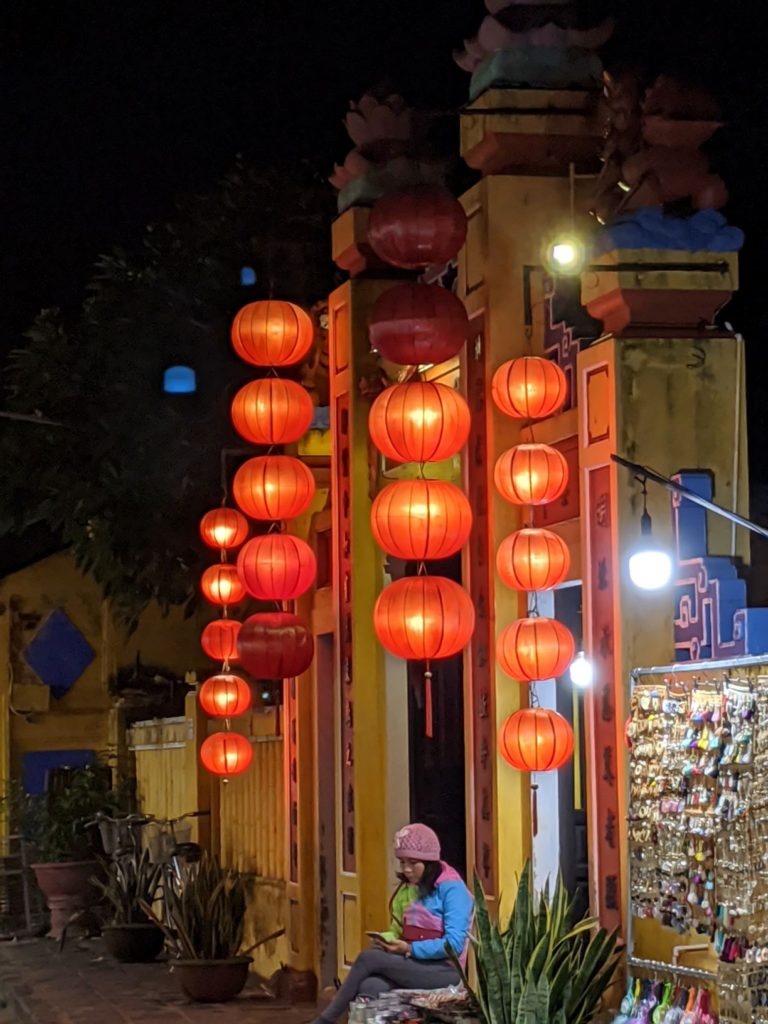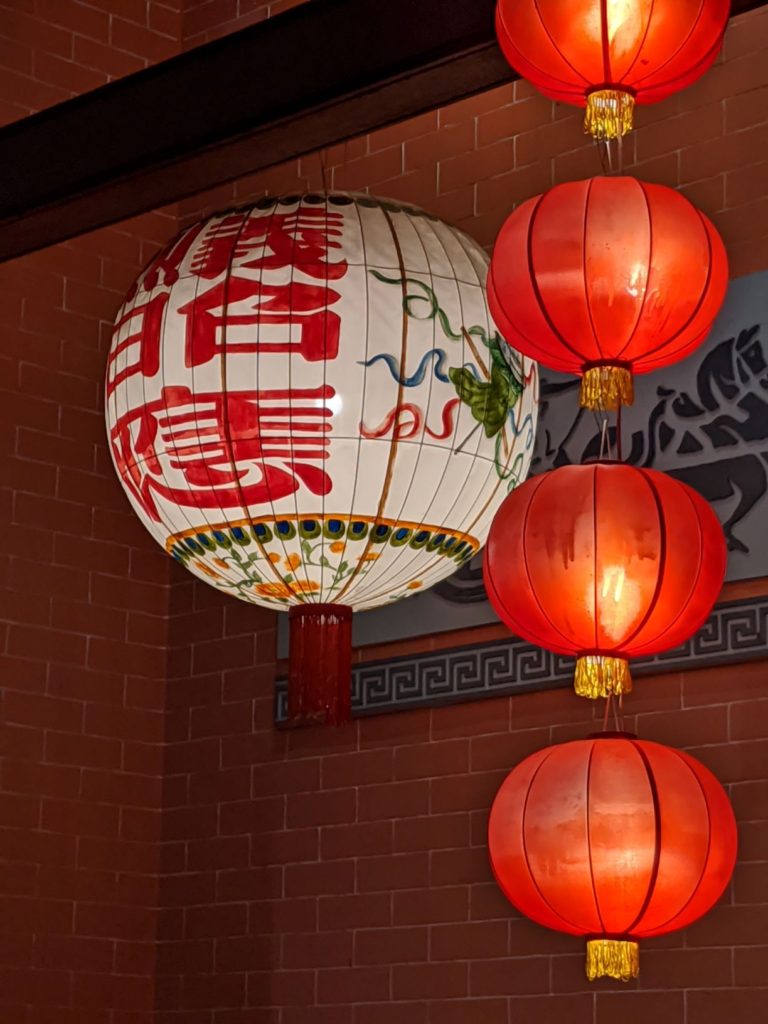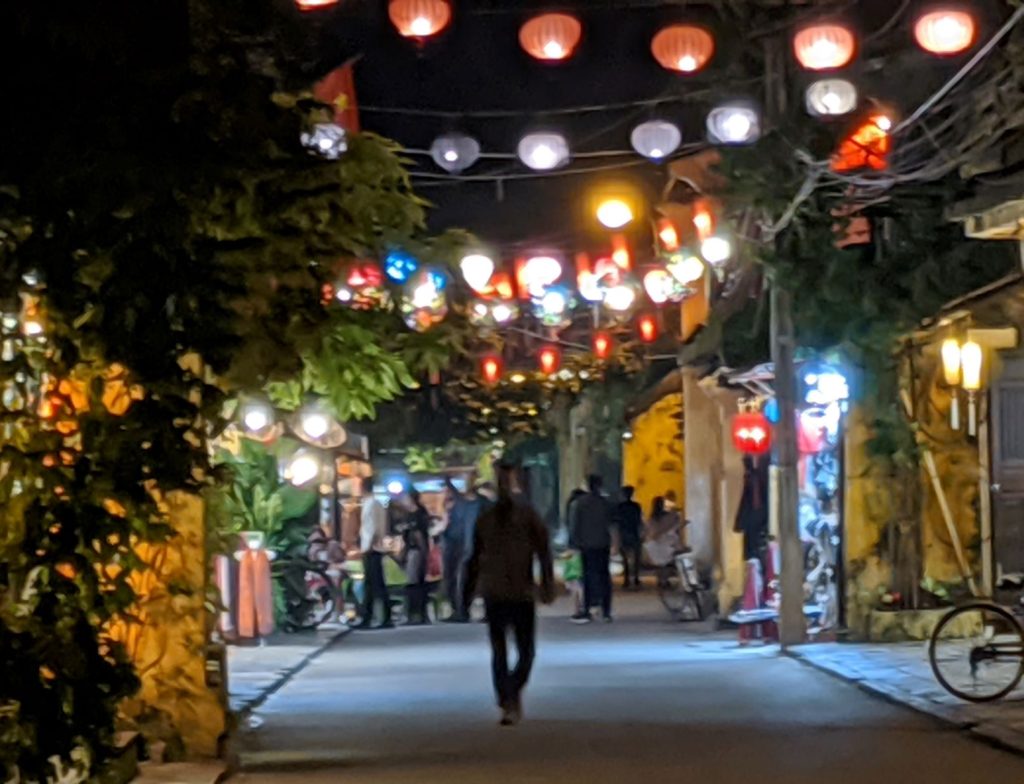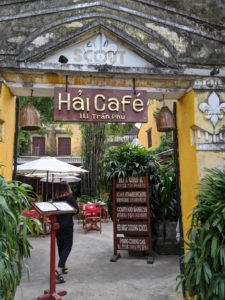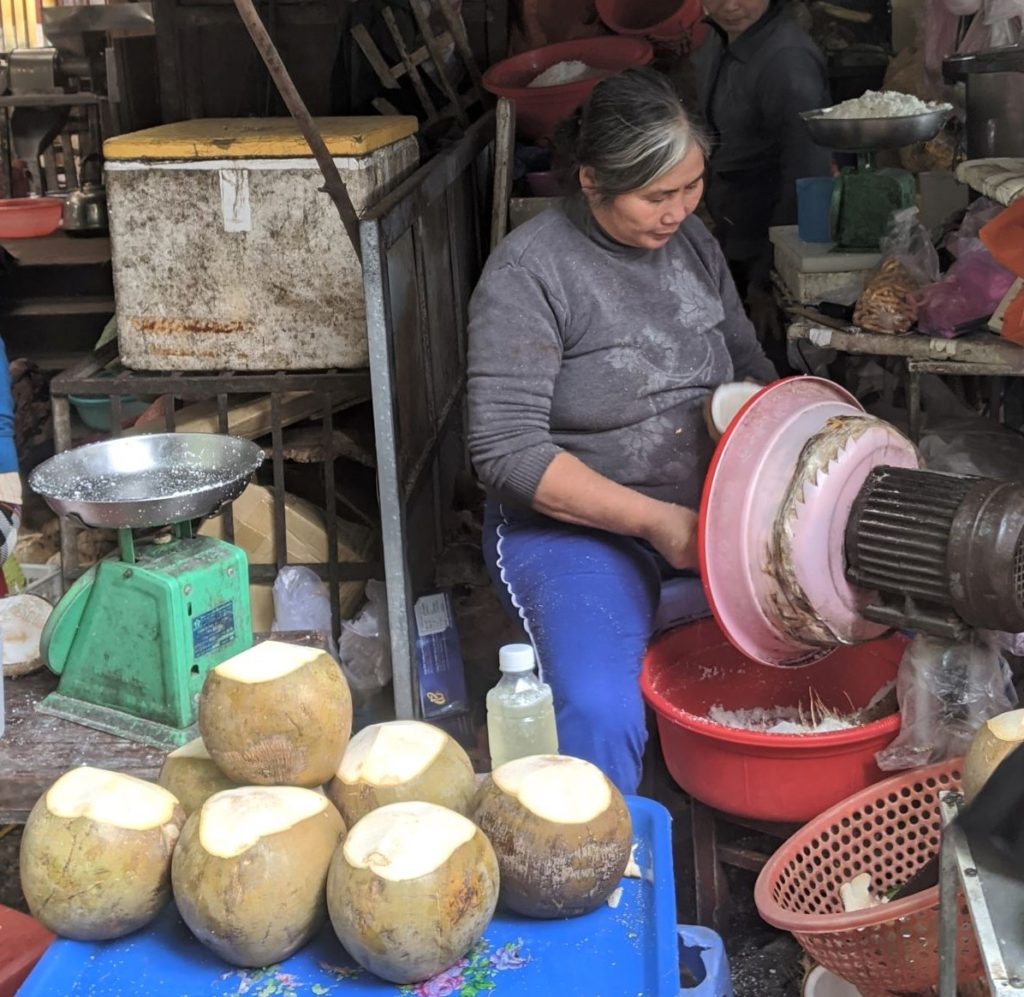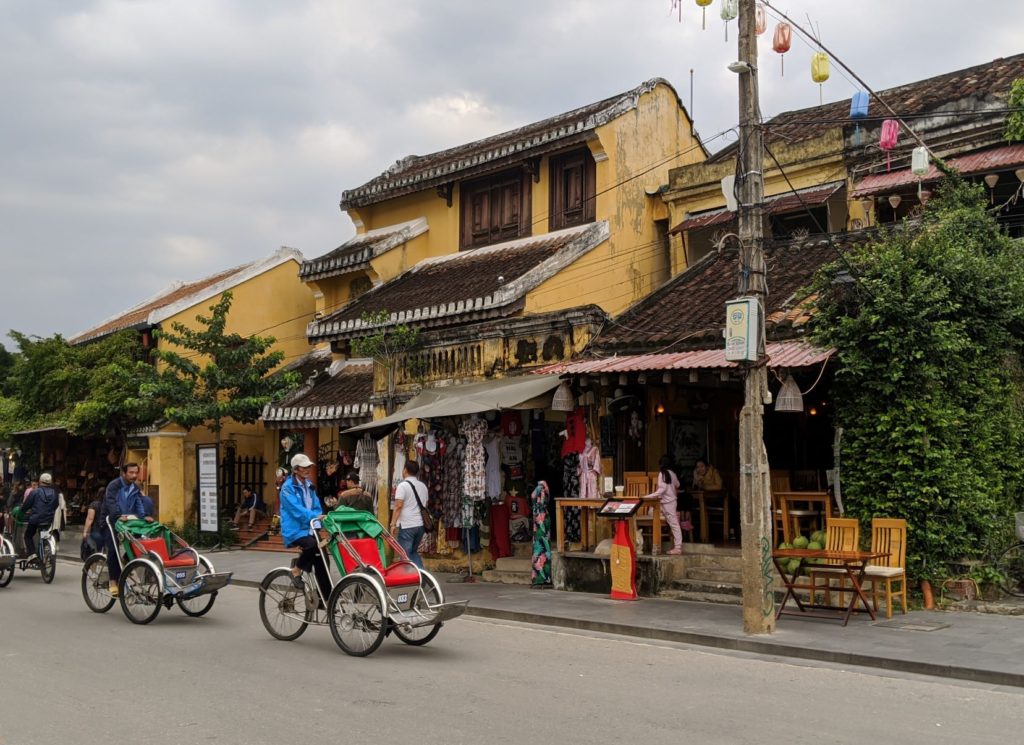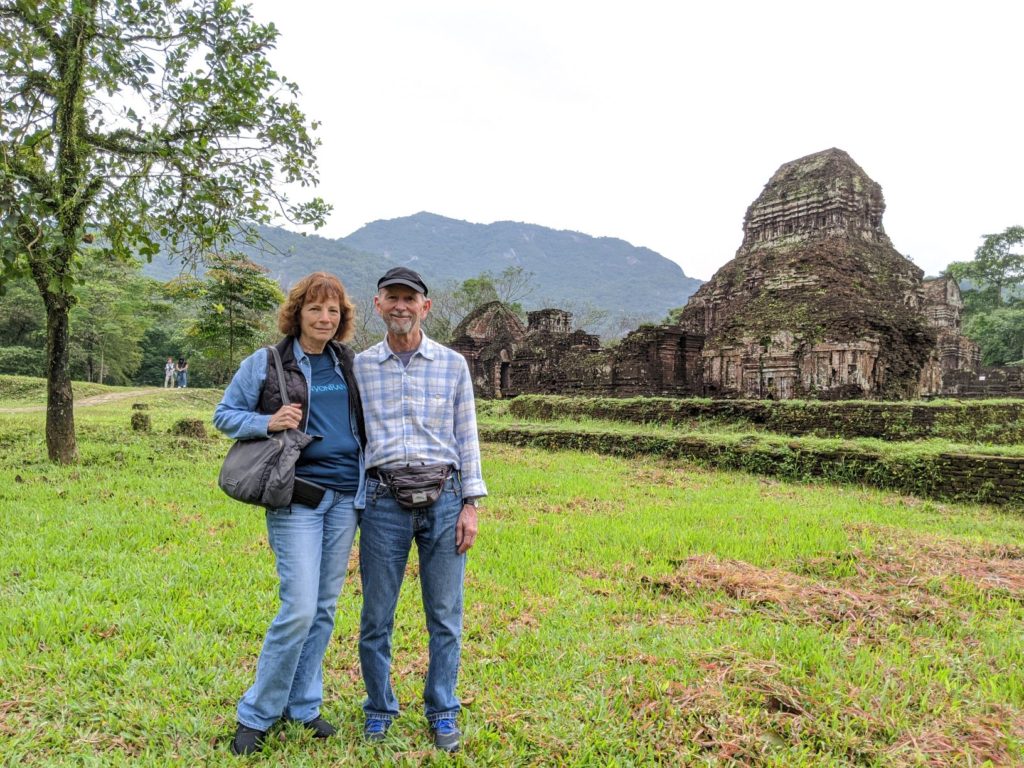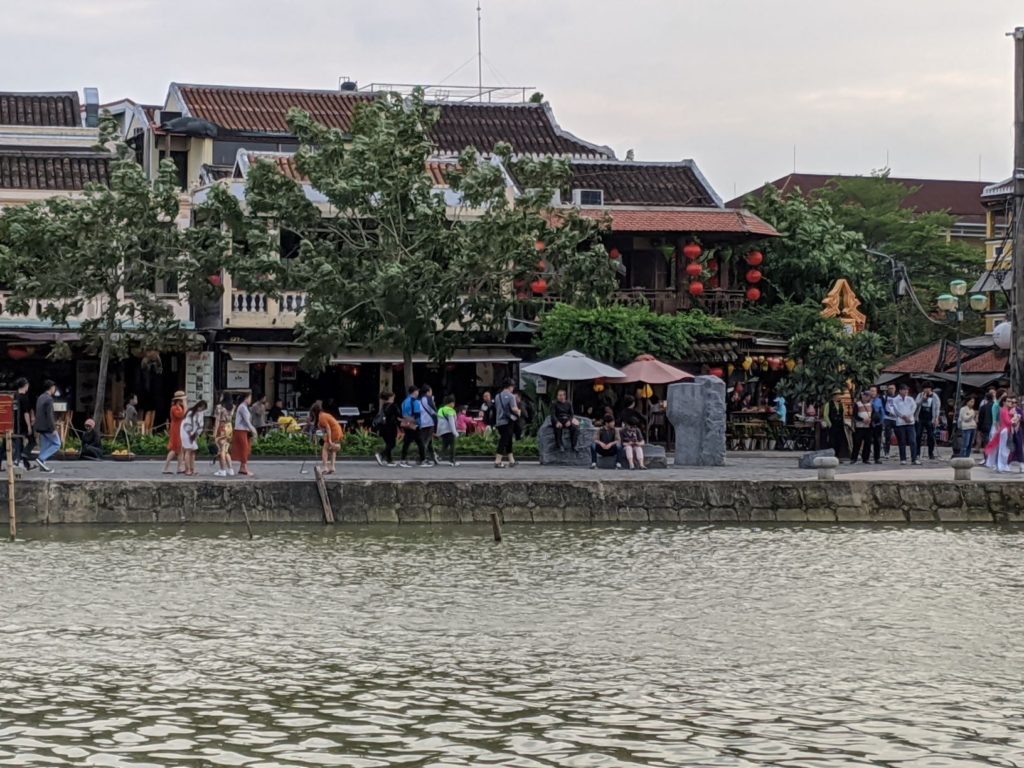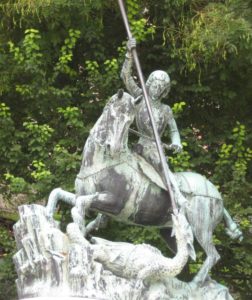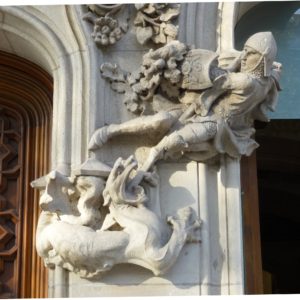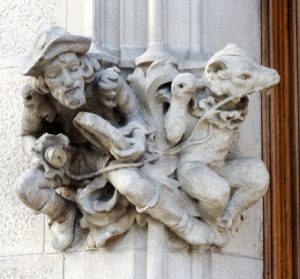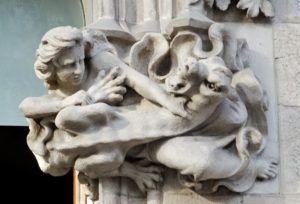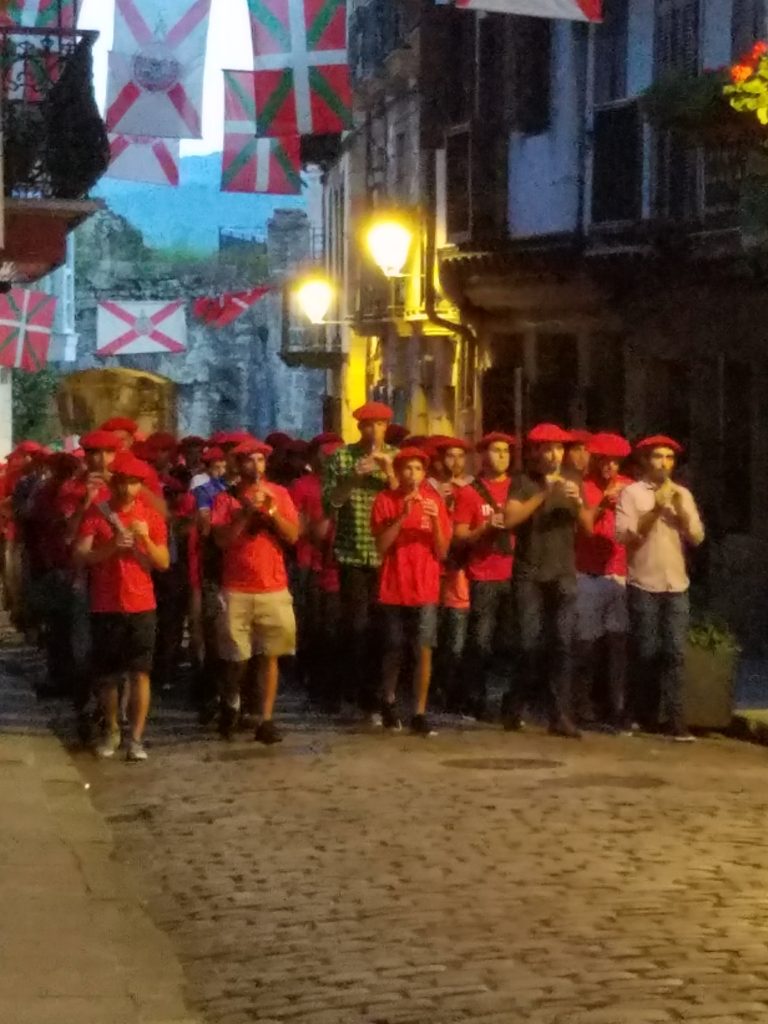This is the first in a series of posts describing the history of the world of Freeing Eden from the late twenty-first century until the time of the story. This part covers the twenty-first and twenty-second centuries. I wrote the initial draft of this a few years ago, but despite the intervening time, the section about the twenty-first century still rings true–or at least believable–to me. How about you?
21st Century
By the middle of the 21st century, improved space-based optics enable the identification of potentially Earth-like planets in remote star systems. This development sparks some excitement, especially in the United States and in Russia, both of which countries have experienced setbacks in world influence. Amid great fanfare, they agree to cooperate to send unmanned probes to remote star systems. Not to be outdone, the Chinese independently also establish a program of exploration.
Exploration of Earth’s solar system also continues. A treaty is reached for cooperation in research and settlement in the solar system and in space that is similar to the ones already in place regarding Antarctica. Small international scientific research-oriented bases are established in orbit around Earth, on Mars, and on Luna, all environments inimical to human survival and therefore extremely costly and difficult to maintain.
Continuing experiments to validate (or disprove) string theory finally yield results. Space is proven to be ten-dimensional, with time itself providing the eleventh dimension that some theorists of the last century had insisted upon. The most advanced computers can now manipulate the mathematics of the structure of the universe as it is now understood.
But Earth is unable to solve its climate-change problem. Agreement after agreement is reached, but one government, or all, or the worst offenders, continue to mandate less action than needed, and in some cases, take less action than mandated, until a “point of no return” is passed in the middle of the century. But the point of no return is not the point of total disaster—not yet. Although climate-change effects are measurable, they are small enough on a worldwide scale, or local enough as a disaster, or slow enough to allow local action such as building dikes, for most people to ignore most of the time. Yet global warming becomes, according to scientists, essentially inescapable. Pollution of the air and waters also continues. Especially among the poorest and most vulnerable peoples, population growth continues. As in the previous century, there are humanitarian crises in the poorer regions, with potable water in short supply, occasional disease epidemics, continuing conflict, and deaths. Increasingly erratic weather triggers population migrations. In response to the changing climate, agricultural production becomes unreliable—in one place, flourishing where never before possible; in another, failing because of insufficient water.
The rich continue to get richer while the poor get little relief. As oil becomes a scarce resource and poverty becomes endemic in many third-world regions, terror groups and rogue governments continue to threaten the wealthier countries.
22nd Century
Sea walls are built to protect the streets of certain parts of New York, Tokyo, Mumbai, London, and other low-lying coastal cities around the globe. Even so, these places are flooded in severe storms, which occur more frequently than previously. Coastal areas where water rises from the ground, such as much of Florida, are abandoned. Conditions generally continue to deteriorate but at a slow pace. The world government moves to Geneva. Much of humankind’s scientific endeavor moves to research enclaves in higher-altitude areas such as Denver, including significant research departments of many of the world’s major universities.
Sub-atomic engineering provides the first prototypes of the rotational drive—a device that works by rotating matter from the three dimensions of regular space to three of the other seven special dimensions, all of which are tiny, tremendously shortening interstellar distances. Although scientists of previous centuries had predicted that the energy needed to bypass light speed would be greater than all the energy in the solar system, this has fortunately proved false. The early scientists had based their calculations on housing the drive in normal space, but the heart of the rotational drive is actually in quantum space, where statistical uncertainty sampling provides a basis for implementation of the rotation algorithm with almost no energy cost. Toward the middle of the 22rd century, the first human-scale (non-quantum) rotational drive prototype is produced and is used on a limited basis for research and for exploration. The research stations on Mars are now easily reachable.
Scientists receive the first results from the previous century’s interstellar probes and begin to discover more habitable planets using the rotational drive. Early in the century, several planets are identified that are quite Earth-like and have no sign of intelligent life.
Advanced digital printing techniques allow mass production of the rotational drive at low cost. Manned exploration of the stars begins.
In preparation for possible terraforming of dozens of new planets, a few limited terraforming experiments are conducted by the research stations on Mars. These are gratifyingly successful, but at much larger cost than anticipated. Scientists find no “tipping point” at which terraforming can transform the entire planet into an environment suitable for human habitation. It is much more economically feasible to discover, catalog, and settle the new planets.
Hundreds of planets are explored, and by mid-century, dozens are determined acceptable for human habitation as-is, or nearly so. Discussions ensue regarding whether and how to go about settling these planets. A treaty is signed by most of the nations on Earth that limits any kind of exposure, much less settlement, on planets with any signs of extraterrestrial intelligent life; however, no clear cases of such planets are identified. A few planets are found where the evidence is in one way or another equivocal (very ancient ruins of what appear to be built structures in one case); these planets are declared off-limits.
Enthusiasm builds for settlement of other planets as a goal in itself—a new frontier, a new beginning. A sense of optimism about the future, after so many dark years, begins to grow. Some groups, backed by wealthy individuals and consortia, begin exploring and settling some planets on their own.
When this news breaks out, discussions ensue regarding the minimum requirements for sustainable and equitable settlement, and whether private settlements should be allowed, and if so, what regulations should be enacted. Concepts of minimum viable population are discussed, and guidelines are promulgated that establish a baseline population of at least one thousand to ensure viability of the settlement population under most normal conditions.
Emotional momentum builds for outward migration, while conditions on Earth continue to slowly deteriorate. The governments of the larger, more powerful nations—those that are most interested in establishing settlements on other planets—create the International Settlement Control Board (ISCB), an international regulatory body to grant charters and to coordinate settlement efforts. There is heated debate regarding what groups or organizations may be granted charters for settlement (and have their settlement subsidized) by the organization. Private exploration and settlement drops off. As citizens of various nations, the people behind these efforts also fall under the aegis of the treaty to which their nations have agreed, and the minimum-viable-population requirement greatly limits the number of these private activities.
Habitable planets continue to be discovered, but expressions of interest by various groups become more numerous. Earth’s multinational regulatory body begins granting charters of settlement, giving funding priority to representatives of certain populations that are near extinction or threatened on Earth, and to those other groups that agree to incorporate such populations into their settlement plans.
As might be expected, a few settlements are lost because of factors not discovered during exploration, such as poisonous substances or microbes in the soil that were transmitted to the Earth crops the settlers planted. Scientists and engineers work out more careful planet-selection and modification strategies to ensure the safety of the humans and other Earth life that are settled there, with the minimum possible changes to the planetary ecology as a whole. The idea of massive terraforming is abandoned as unnecessary.
On Earth, oil becomes prohibitively scarce. Some regions revert to coal. This causes a significant increase in global air pollution, despite an increase in use of nuclear energy and a marked increase in use of renewable resources. Pollution of the sea causes the extinction of many marine species, with a concomitant drop-off of avian species as well. A major volcanic eruption at the end of the century further increases air pollution and causes two years so cold (in the midst of a trend of overall global warming) that crops in parts of the world fail. Settlement of the planets takes on new urgency.








